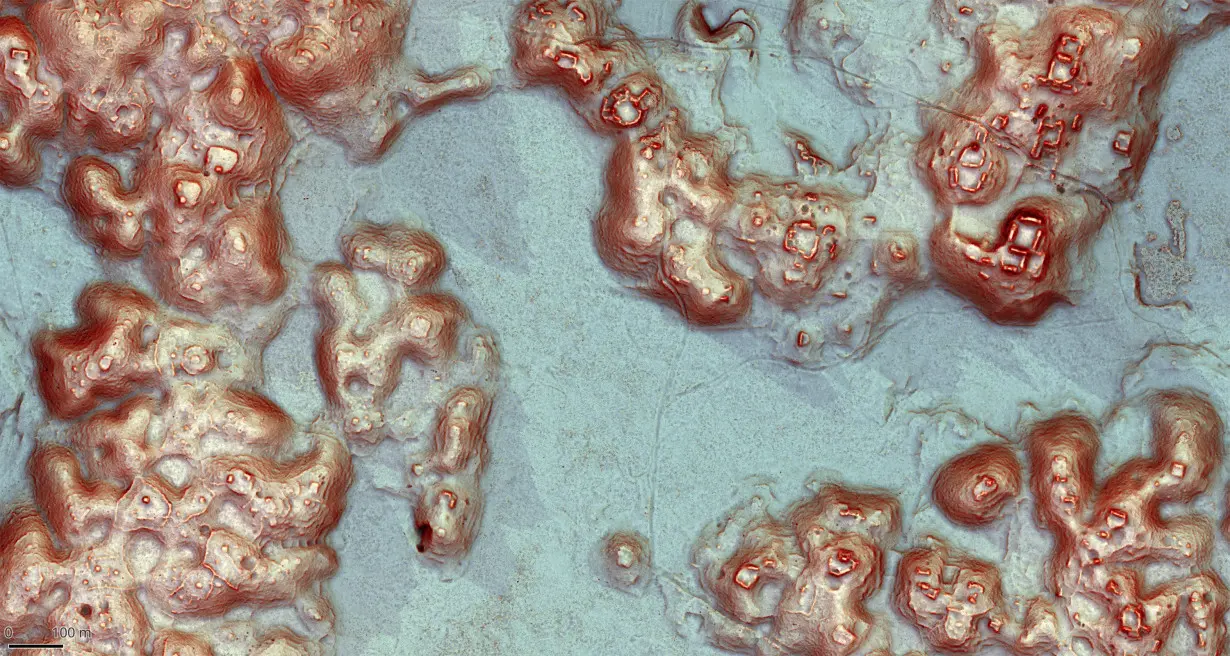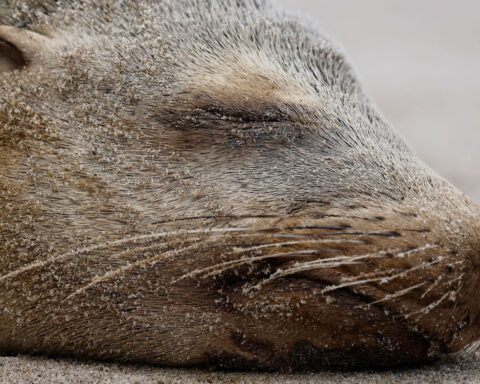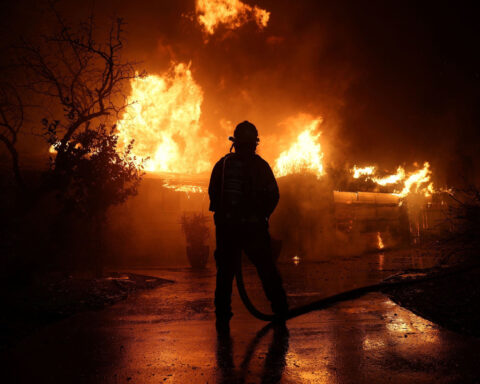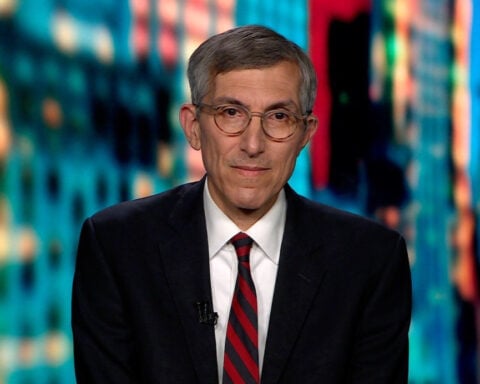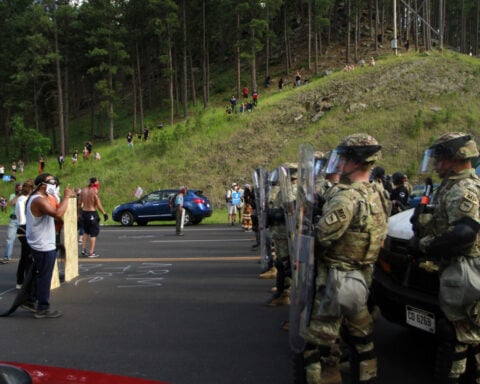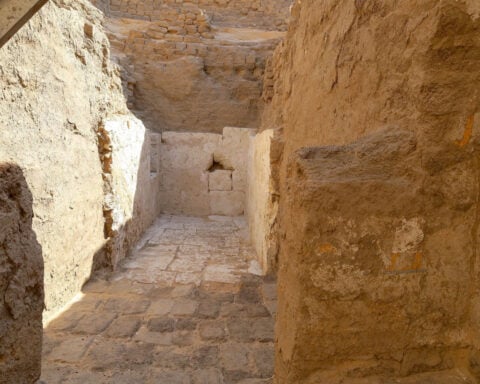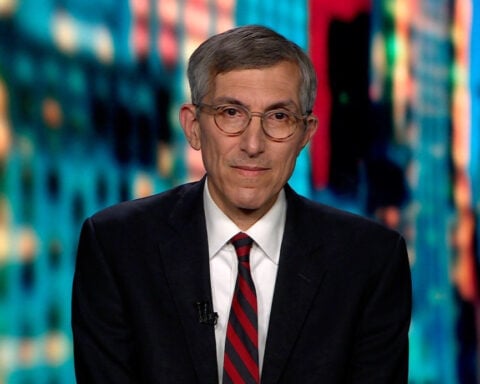(CNN) — For more than 1,000 years, dense forests in the Mexican state of Campeche concealed the region’s ancient human history.
Scientists called Campeche an archaeological “blank spot” in the Maya Lowlands, an area spanning what is now Belize, El Salvador, Guatemala and southeastern Mexico, and which the Maya inhabited from about 1000 BC to AD 1500.
But part of that region is blank no longer. Archaeologists have found thousands of never-before-seen Maya structures as well as a large city that they named Valeriana after a nearby lagoon, the researchers reported Monday in the journal Antiquity.
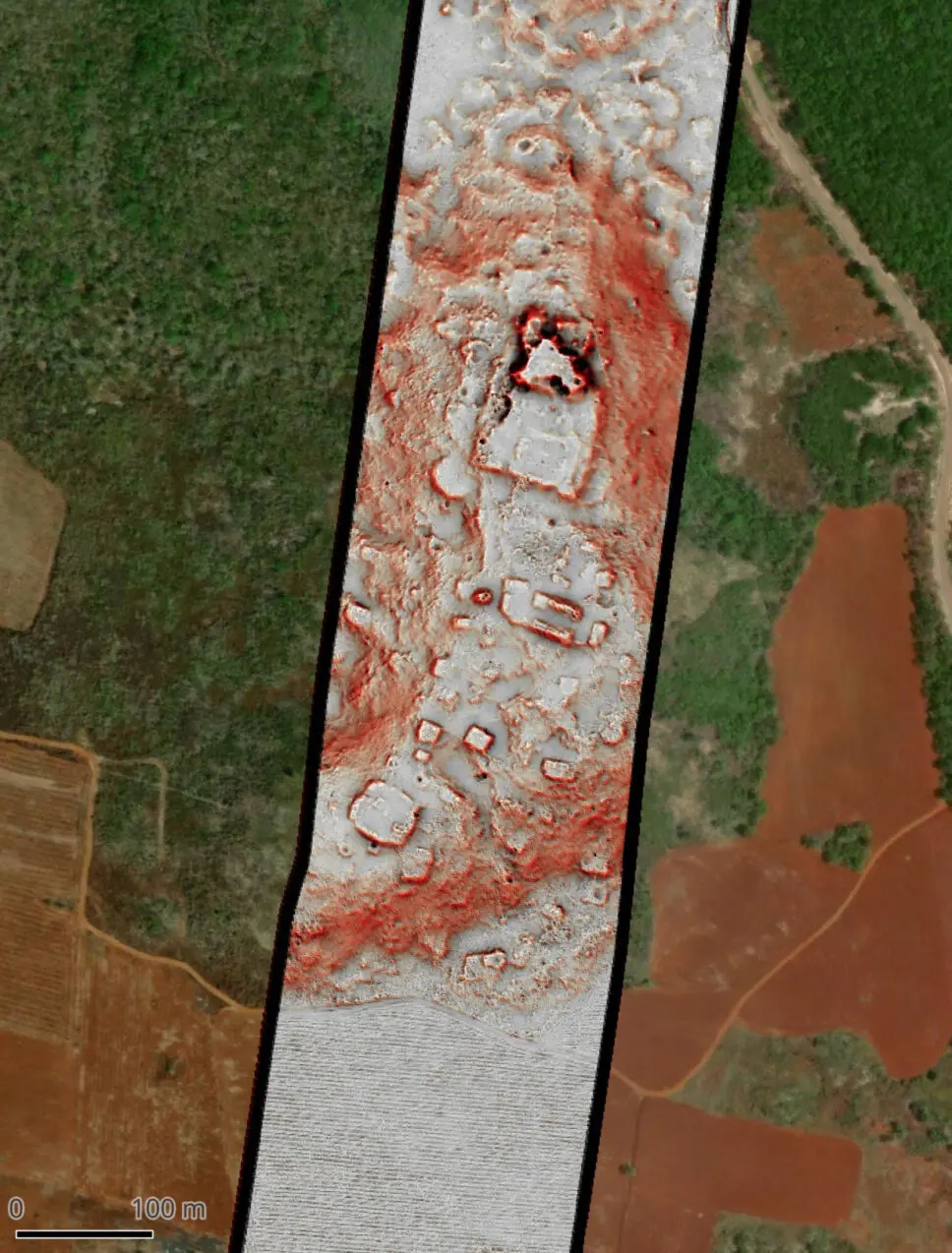
The sleuthing that led to the discovery took place from nearly 2,000 miles (3,200 kilometers) away, using aerial LiDAR — light detection and ranging equipment — that penetrated eastern Campeche’s thick forest cover from above, pinging the surface with lasers and revealing what lay beneath the leafy canopy. Encompassing about 47 square miles (122 square kilometers), the LiDAR scans were collected in 2013 for a forest survey by The Nature Conservancy of Mexico.
Like other large capital cities from Maya sites, Valeriana had a reservoir, a ball court, temple pyramids and a broad road connecting enclosed plazas. In total, the researchers identified 6,764 structures in Valeriana and in other rural and urban settlements of varying sizes. The density of the settlements in the area rivals that of other known locations in the Maya Lowlands, and archaeologists had suspected that numerous Maya ruins were hidden in Campeche since at least the 1940s, the scientists reported.
“On the one hand it was surprising; you see it and you’re struck by it. On the other hand, it actually confirmed what I expected to find,” said lead study author and archaeologist Luke Auld-Thomas, who conducted the research as a doctoral candidate in the department of anthropology at Tulane University.
“My own sense of this part of the Maya Lowlands, based on what I know of my archaeology, is that if you could throw darts at it, you would find urban areas,” Auld-Thomas said. “And so it was gratifying and exciting to see that that was actually the case.”
Interconnected cities
Campeche is sandwiched between two relatively well-explored areas — the northern Yucatán and the southern Maya Lowlands — but archaeologists previously all but ignored it, said study coauthor Marcello Canuto, a professor in Tulane’s department of anthropology.
In the north, Maya sites such as Chichén Itzá are highly visible. “They’re very easy to recognize on the landscape, and there was ready accessibility,” Canuto said. Sites from the southern Maya Lowlands were also familiar to archaeologists as a source of Maya hieroglyphs, texts and altars — “the kinds of things that have been long-sought by scholars,” Canuto said.
For decades, Campeche was not easily reachable or known for its artifacts. But this new study and other LiDAR-driven investigations are changing that.
“This is a new dawn for all of us, because we can now see where we would never have been able to see,” Canuto said.
The new LiDAR scans also highlight the connections between Maya settlements and hint at the complexity of Maya cities regardless of their size, said Carlos Morales-Aguilar, a landscape archaeologist and postdoctoral researcher at the University of Texas at Austin who was not involved in the research. Morales-Aguilar’s work on Maya settlements in Guatemala aligns closely with the new findings, he told CNN in an email.
“Dense settlement patterns indicate that the Maya were highly organized in managing their landscapes, with extensive networks of roads or causeways, residential areas, agricultural terraces, and defensive structures,” he said. The Antiquity study further indicates that the Maya adapted their infrastructure to fit the natural landscape, “utilizing sinkholes, ridges, and depressions as part of their urban planning and water management strategies.”
“These findings challenge the traditional view that Maya cities — including their hinterland — were isolated city-states or regional kingdoms,” Morales-Aguilar said. Instead, they paint a picture “of a vast, interconnected network of urban and rural areas that spanned across their territories throughout their occupation history.”
‘The LiDAR revolution’
As LiDAR scans reveal more of these formerly hidden cities, the data will reshape earlier interpretations of the scale and diversity of Maya settlements, “which is a good thing!” said Tomás Gallareta Cervera, an assistant professor of anthropology and Latin American studies at Kenyon College in Ohio who was not involved in the study.
“LiDAR analysis has pushed urbanism and settlement pattern studies forward in unprecedented ways; some even call it the LiDAR revolution,” Gallareta Cervera said in an email. “Archaeologists now have a new framework to research how these ancient people adapted and thrived in their environment for thousands of years. And that is very exciting!”
While these remnants of Maya culture have persisted for millennia, locating and studying the full extent of Maya settlements — which could include more major cities — will be critical for preserving the future of these ancient sites, according to Auld-Thomas.
“We have yet to really wrap our heads around what that means for our understanding of these places as environments and how to care for them and protect them,” he said. “It’s important to understand that these are places that have always been peopled to varying degrees, and that people have an important place in their conservation.”
Mindy Weisberger is a science writer and media producer whose work has appeared in Live Science, Scientific American and How It Works magazine.
The-CNN-Wire
™ & © 2024 Cable News Network, Inc., a Warner Bros. Discovery Company. All rights reserved.

 Trump has begun another trade war. Here's a timeline of how we got here
Trump has begun another trade war. Here's a timeline of how we got here
 Canada's leader laments lost friendship with US in town that sheltered stranded Americans after 9/11
Canada's leader laments lost friendship with US in town that sheltered stranded Americans after 9/11
 Chinese EV giant BYD's fourth-quarter profit leaps 73%
Chinese EV giant BYD's fourth-quarter profit leaps 73%
 You're an American in another land? Prepare to talk about the why and how of Trump 2.0
You're an American in another land? Prepare to talk about the why and how of Trump 2.0
 Chalk talk: Star power, top teams and No. 5 seeds headline the women's March Madness Sweet 16
Chalk talk: Star power, top teams and No. 5 seeds headline the women's March Madness Sweet 16
 Purdue returns to Sweet 16 with 76-62 win over McNeese in March Madness
Purdue returns to Sweet 16 with 76-62 win over McNeese in March Madness
